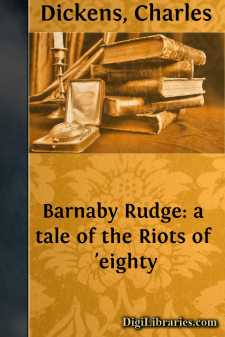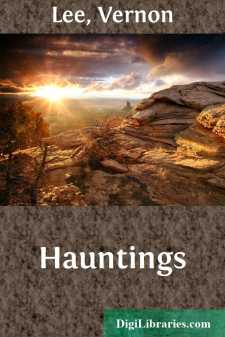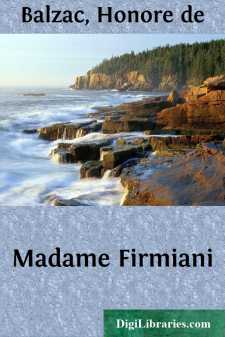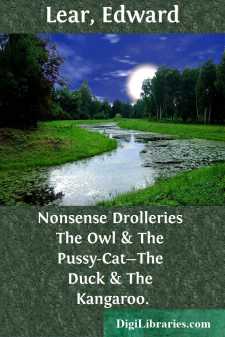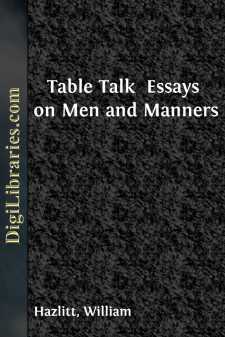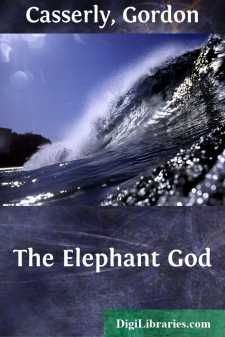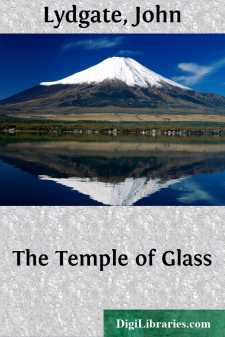Categories
- Antiques & Collectibles 13
- Architecture 36
- Art 48
- Bibles 22
- Biography & Autobiography 813
- Body, Mind & Spirit 142
- Business & Economics 28
- Children's Books 17
- Children's Fiction 14
- Computers 4
- Cooking 94
- Crafts & Hobbies 4
- Drama 346
- Education 46
- Family & Relationships 57
- Fiction 11829
- Games 19
- Gardening 17
- Health & Fitness 34
- History 1377
- House & Home 1
- Humor 147
- Juvenile Fiction 1873
- Juvenile Nonfiction 202
- Language Arts & Disciplines 88
- Law 16
- Literary Collections 686
- Literary Criticism 179
- Mathematics 13
- Medical 41
- Music 40
- Nature 179
- Non-Classifiable 1768
- Performing Arts 7
- Periodicals 1453
- Philosophy 64
- Photography 2
- Poetry 896
- Political Science 203
- Psychology 42
- Reference 154
- Religion 513
- Science 126
- Self-Help 84
- Social Science 81
- Sports & Recreation 34
- Study Aids 3
- Technology & Engineering 59
- Transportation 23
- Travel 463
- True Crime 29
Sort by:
by:
Dick Francis
"Space life expectancy has been increased to twenty-five months and six days," said Marlowe, the training director. "That's a gain of a full month." Millions of miles from Earth, Ethan also looked discontentedly proud. "A mighty healthy-looking boy," he declared. Demarest bent a paperweight ship until it snapped. "It's something. You're gaining on the heredity...
more...
by:
Charles Dickens
Chapter 1 In the year 1775, there stood upon the borders of Epping Forest, at a distance of about twelve miles from London—measuring from the Standard in Cornhill,' or rather from the spot on or near to which the Standard used to be in days of yore—a house of public entertainment called the Maypole; which fact was demonstrated to all such travellers as could neither read nor write (and at that...
more...
ANTI-SLAVERY POEMS ………. TO WILLIAM LLOYD GARRISON CHAMPION of those who groan beneathOppression's iron handIn view of penury, hate, and death,I see thee fearless stand.Still bearing up thy lofty brow,In the steadfast strength of truth,In manhood sealing well the vowAnd promise of thy youth. Go on, for thou hast chosen well;On in the strength of God!Long as one human heart shall swellBeneath...
more...
by:
Vernon Lee
Preface We were talking last evening—as the blue moon-mist poured in through the old-fashioned grated window, and mingled with our yellow lamplight at table—we were talking of a certain castle whose heir is initiated (as folk tell) on his twenty-first birthday to the knowledge of a secret so terrible as to overshadow his subsequent life. It struck us, discussing idly the various mysteries and...
more...
by:
Scott Nearing
I. THE PROMISE OF 1776 1. The American Republic The genius of revolution presided at the birth of the American Republic, whose first breath was drawn amid the economic, social and political turmoil of the eighteenth century. The voyaging and discovering of the three preceding centuries had destroyed European isolation and laid the foundation for a new world order of society. The Industrial Revolution...
more...
by:
Honore de Balzac
MADAME FIRMIANI Many tales, either rich in situations or made dramatic by some of the innumerable tricks of chance, carry with them their own particular setting, which can be rendered artistically or simply by those who narrate them, without their subjects losing any, even the least of their charms. But there are some incidents in human experience to which the heart alone is able to give life; there...
more...
by:
Edward Lear
heOwl and the Pussy-Cat went to seaIn a beautiful pea-green boat,They took some honey, and plenty of moneyWrapped up in a five-pound note.The Owl looked up to the stars above,And sang to a small guitar,"O lovely Pussy! O Pussy, my love,What a beautiful Pussy you are,You are,You are!What a beautiful Pussy you are!"Pussy said to the Owl, "You elegant fowl!How charmingly sweet you sing!O let us...
more...
by:
William Hazlitt
ESSAY I. ON THE PLEASURE OF PAINTING 'There is a pleasure in painting which none but painters know.' In writing, you have to contend with the world; in painting, you have only to carry on a friendly strife with Nature. You sit down to your task, and are happy. From the moment that you take up the pencil, and look Nature in the face, you are at peace with your own heart. No angry passions rise...
more...
by:
Gordon Casserly
CHAPTER I THE SECRET MISSION "The letters, sahib," said the post orderly, blocking up the doorway of the bungalow. Kevin Dermot put down his book as the speaker, a Punjaubi Mohammedan in white undress, slipped off his loose native shoes and entered the room barefoot, as is the custom in India. "For this one a receipt is needed," continued the sepoy, holding out a long official envelope...
more...



